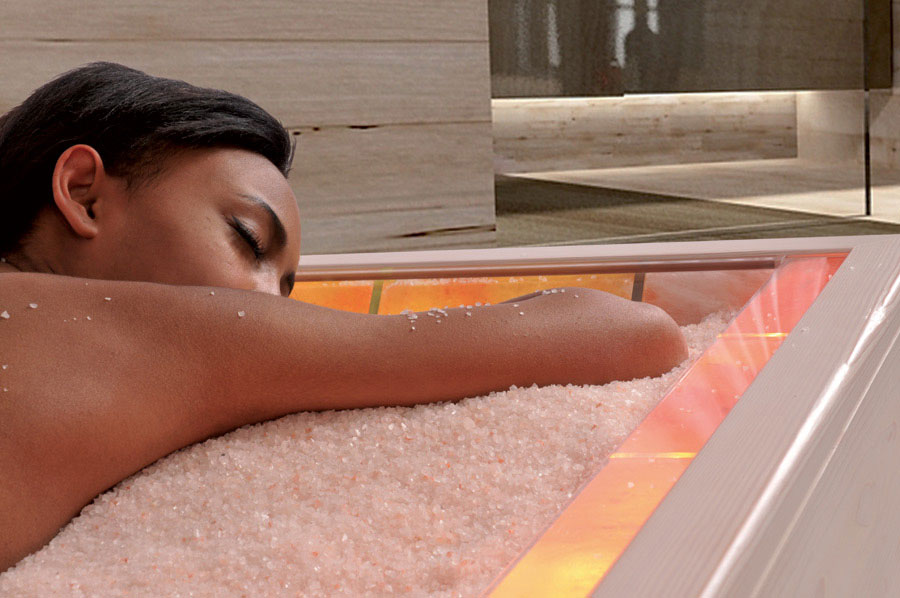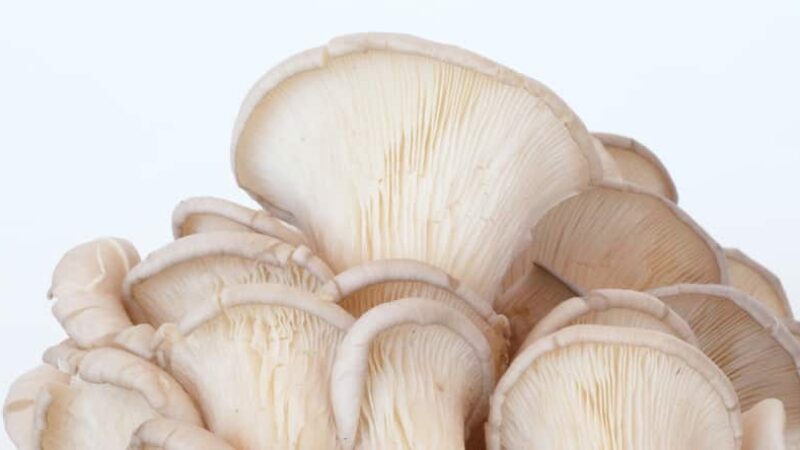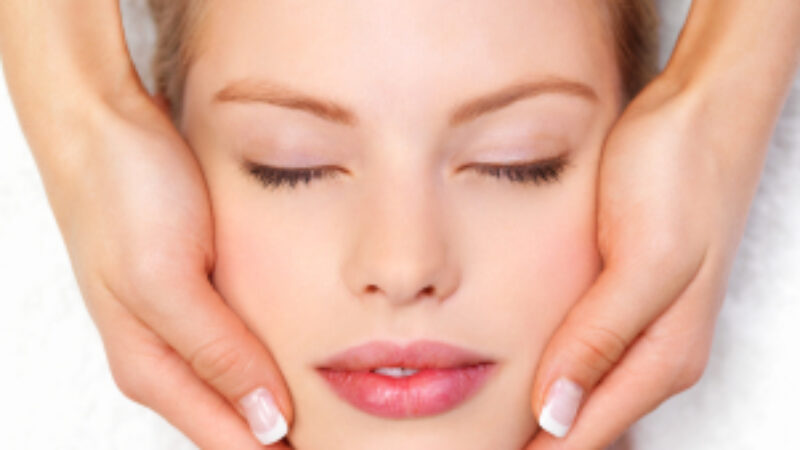 I’m a salt lover, unable to eat food that doesn’t have enough of it – some would say too much! Beyond food though, salt has a long history where it has played a role: as currency, in religious rituals, as a preservative and for health and wellness.
I’m a salt lover, unable to eat food that doesn’t have enough of it – some would say too much! Beyond food though, salt has a long history where it has played a role: as currency, in religious rituals, as a preservative and for health and wellness.
Many of us are familiar with salt’s health benefits in baths, as a saline solution, in neti pots, for gargling, and for cleaning and exfoliating the skin. Dry salt therapy, also known as halotherapy, is being embraced across the United States as a modern modality for health and wellness, but this practice isn’t new. It started a long time ago—in the salt mines of Eastern Europe in the early 1800, where it was discovered that miners working deep underground to grind and cultivate salt, were found to enjoy excellent health. Doctors discovered that the dry salt that was being inhaled and landing on the miners’ skin was contributing to this.
Pure, dry salt acts like a sponge so when it is crushed into tiny particles and inhaled, it can absorb foreign particles in the respiratory system and also deliver antibacterial and anti-inflammatory benefits. Excess mucus and other foreign substances are removed and viruses and bacteria are targeted. The anti-inflammatory action helps to keep restricted airways open and provides relief for individuals with asthma, chronic obstructive pulmonary disease, bronchitis, cystic fibrosis, allergies and other respiratory conditions. Interestingly, some athletes have started using dry salt therapy to maintain their respiratory hygiene. The treatment can also help support faster recovery time.
While halotherapy provides great benefits for those with respiratory conditions, its unique properties also promote healthy skin. Dry salt microparticles can penetrate deep into the skin’s epidermal layers to draw out excess fluid and oils, kill bacteria and increase skin cell microcirculation. It also helps maintain skin rigidity. Psoriasis, eczema and acne have all been relieved with salt therapy.
In the mid-1900s, Russian researchers began working on technology to bring the effects of dry salt therapy to the general population. The first halogenerator, a machine that crushes and grinds dry salt into specific micronized particles and then disperses it into a room or chamber – was developed in the Ukraine. Halotherapy gained popularity throughout Eastern Europe, where thousands of facilities with salt therapy, from resort spas and fitness centers to day care centers and clinics, exist today. Salt therapy has become more widespread and can be found in spas, wellness centers, massage centers and yoga studios.
Does salt therapy work? Research articles have been published in well-known medical journals, mostly in Europe and further research is being conducted. Halotherapy was highlighted as one of the top five trends for 2011 and interest continues to grow.
Let us know – are you intrigued?



